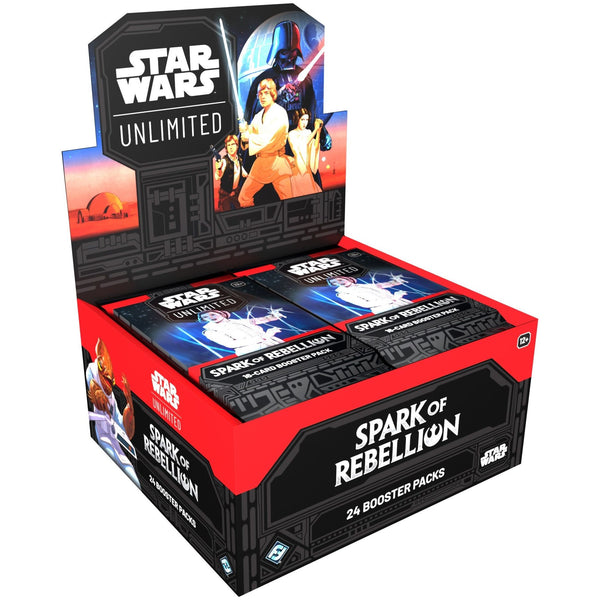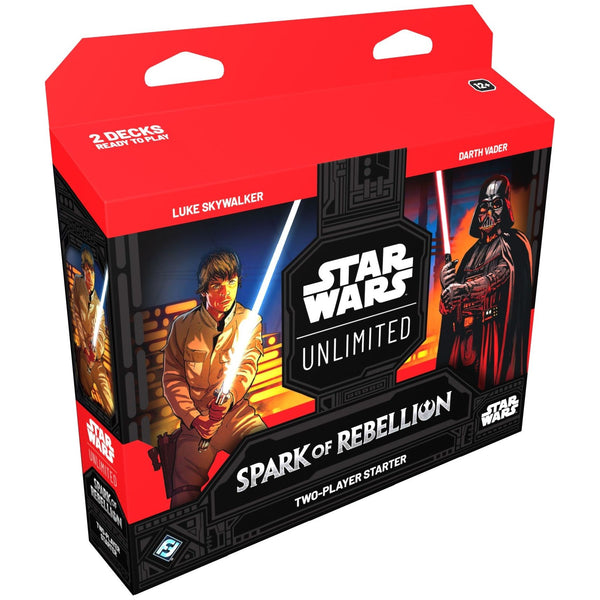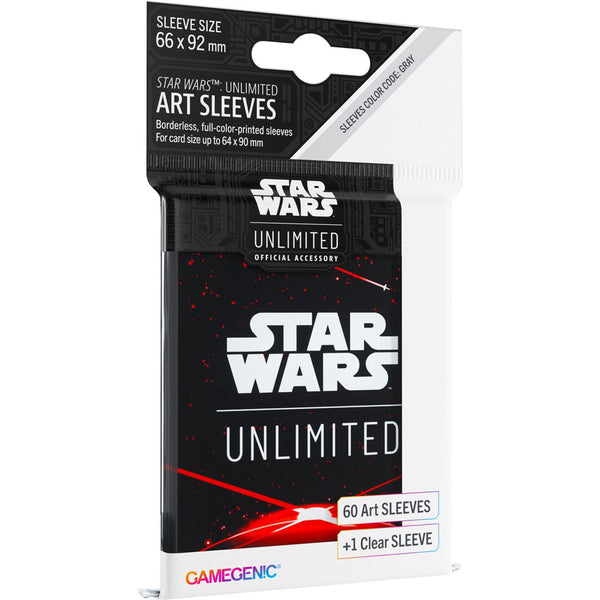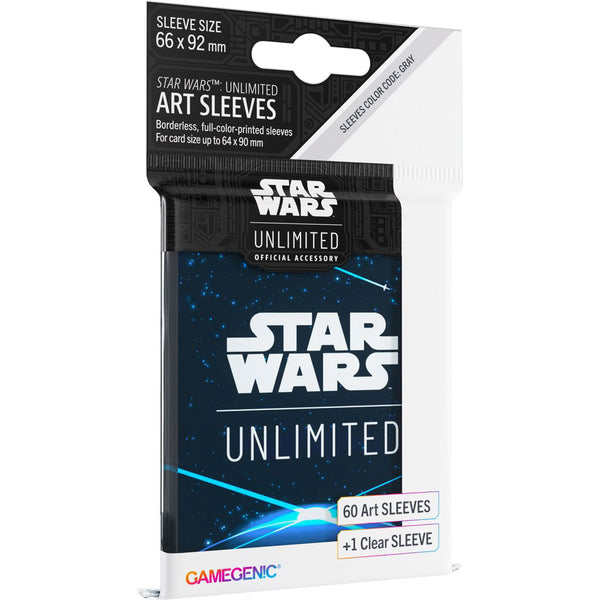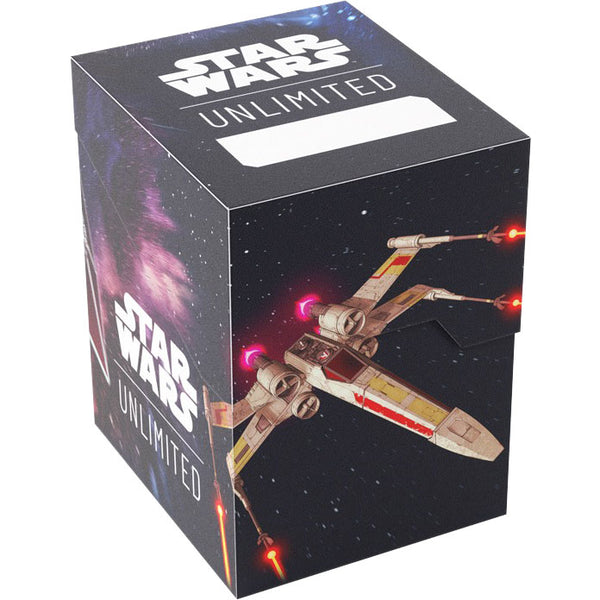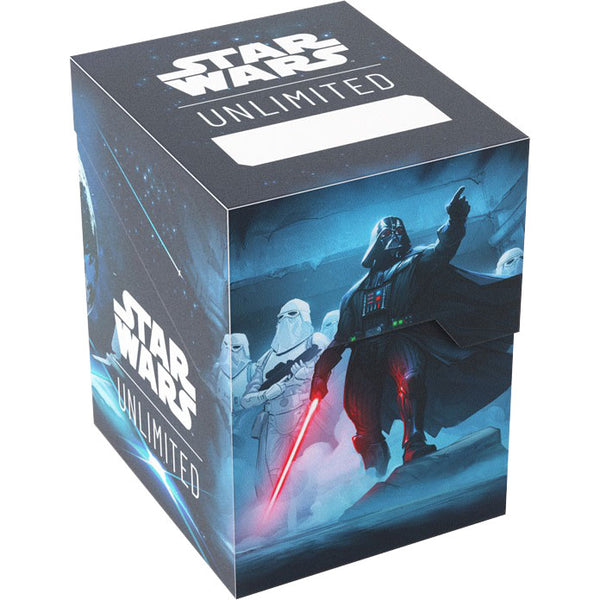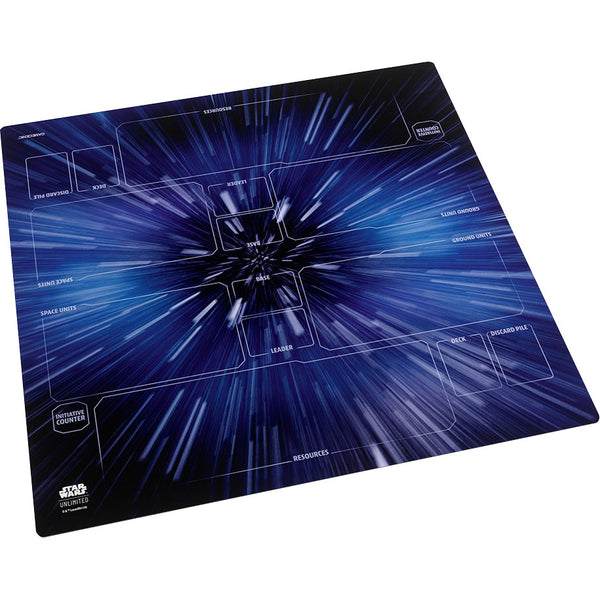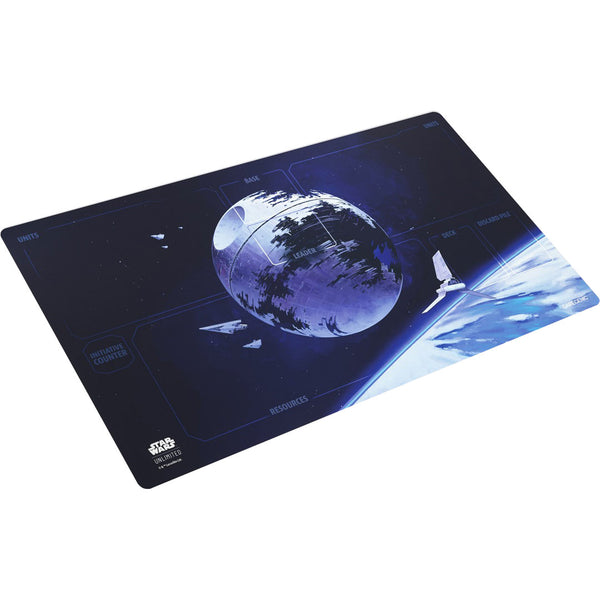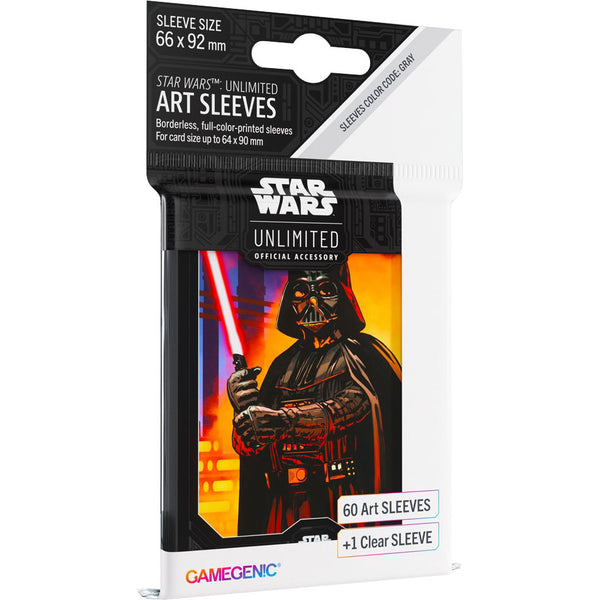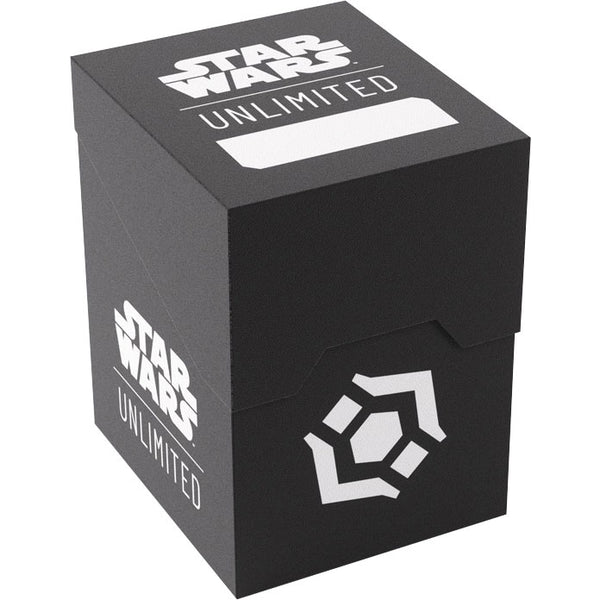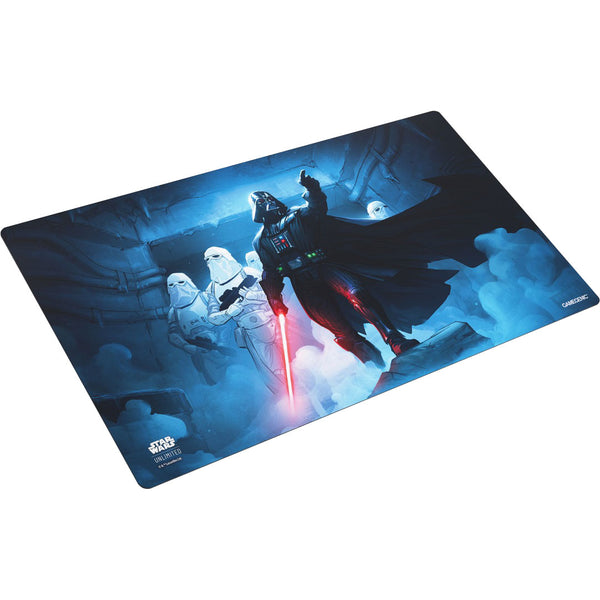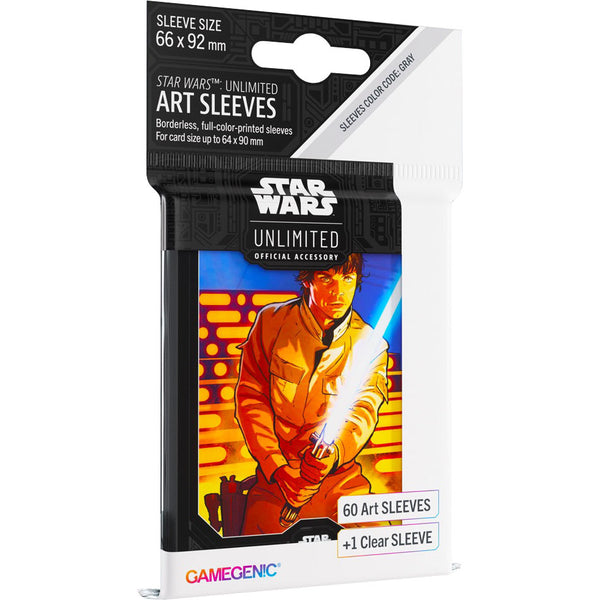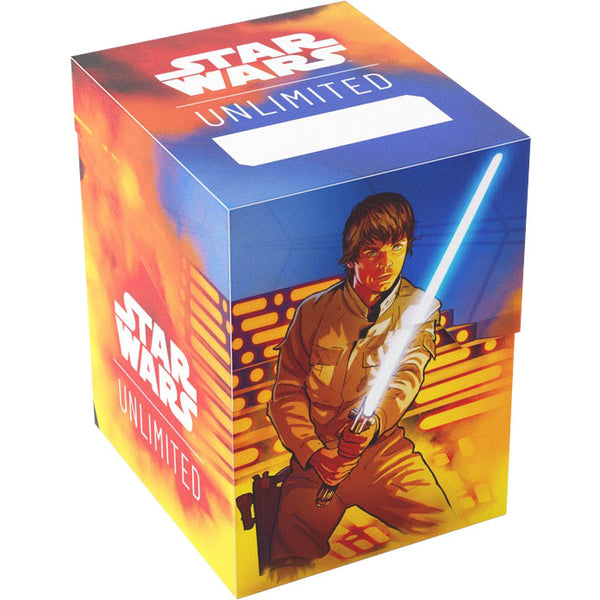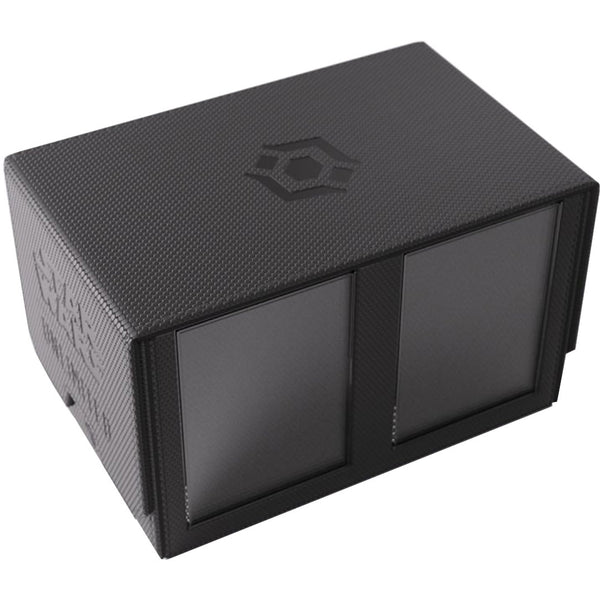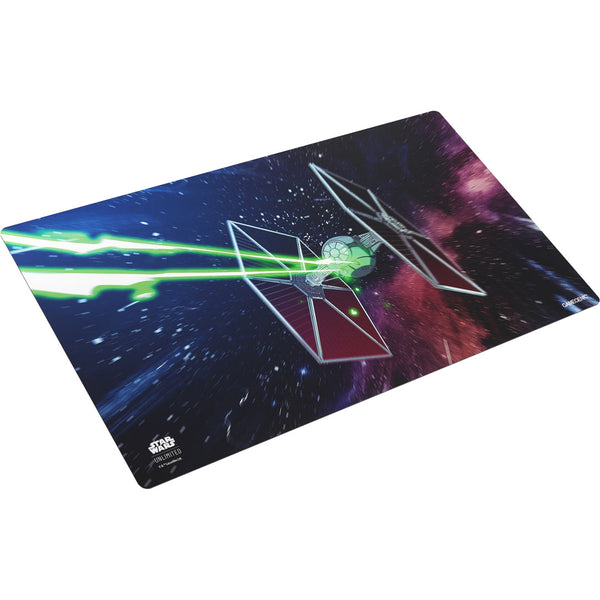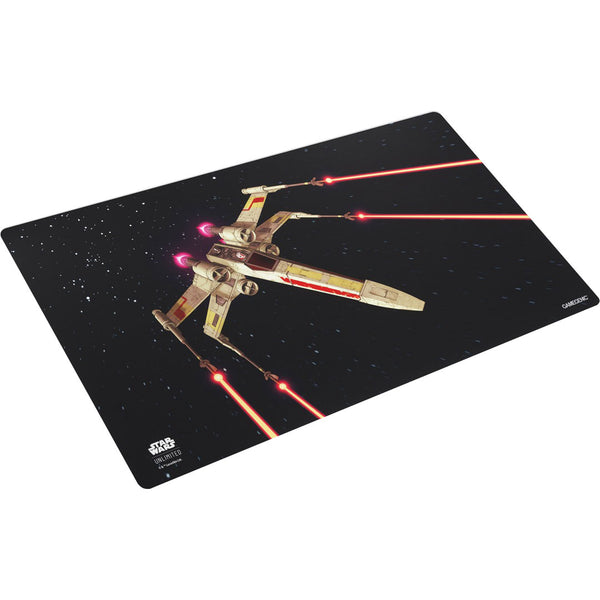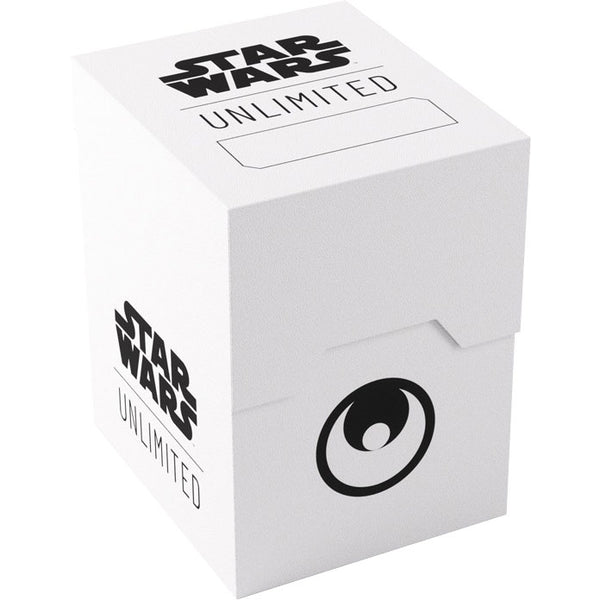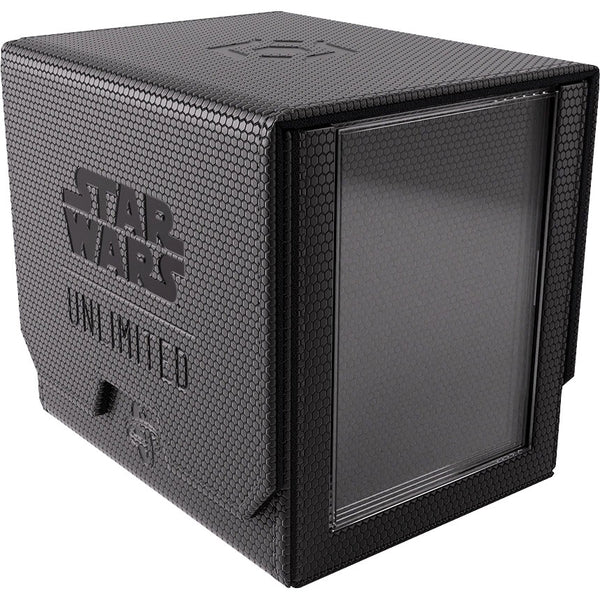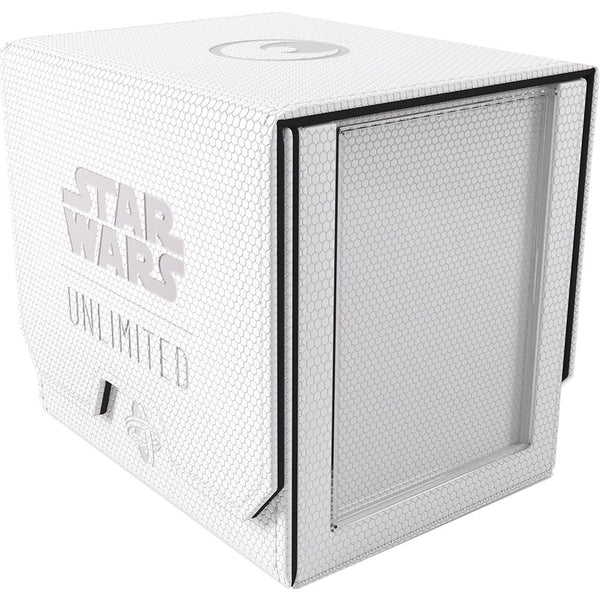Total
$0.00
Star Wars: Unlimited Breakdowns - The Different Formats of Play
It’s no secret that Star Wars: Unlimited is coming this year, and like many hobby stores around the world, we absolutely cannot wait to get this game to our tables. Card previews and game info is a bit hard to find if you’re not actively searching them out so don’t worry, we got you covered.Here’s a start on understanding the three different formats across Constructed and Limited play for Star Wars: Unlimited.
NOTE: You may notice a little code at the end of the title of a card that says SOR# then a three-digit number. This is so you can easily search the cards we’re talking about in card databases like SWUDB.com. The SOR is the set code for Spark of Rebellion (the first set releasing in March 2024) and the three digits is the Collector Number for that card.
OTHER ARTICLES:
Aggression Leader Breakdown
Vigilance Leader Breakdown
Command Leader Breakdown
Cunning Leader Breakdown
Booster Contents & Variants
The Constructed Format

This is the first and most simplest format for Star Wars: Unlimited. Basically, you bring along a constructed deck you’ve put together and play some games against opponents. Each deck consists of 1 LEADER, 1 BASE, and at least 50 other cards made up of UNITS, UPGRADES, and EVENTS to be your draw deck. If you’re heading along to a tournament or organised play event, you can also have a sideboard of up to 10 cards that you can swap in and out of your draw deck between games to help mitigate any strategies your opponent is utilising.
Your rounds will consist of best of three matches, with the opportunity to do that sideboarding between matches, similar to many other trading card games.
It sounds pretty straight-forward right? Well, when you’re building your deck, you need to know about ASPECTS and ASPECT PENALTIES…
“But how does deck-building work in Star Wars: Unlimited?”

This info is tucked away in the Star Wars: Unlimited Quick Start rules so let’s give you a rundown.
Every card in the game contains at least one ASPECT ICON. These can match one of the six possible aspects: Heroism (white); Villainy (black); Vigilance (blue); Command (green); Aggression (red); and Cunning (yellow). When you build your deck, a LEADER unit will usually provide two aspects towards your deck, and your BASE (which acts as your health pool), will provide a third.

For example, Darth Vader, Dark Lord of the Sith (SOR#010) provides AGGRESSION and VILLAINY towards your deckbuilding, and pairing him with Command Center (SOR#023) provides COMMAND, giving you one icon of each AGGRESSION, VILLAINY, and COMMAND aspects.
Now, when you build your deck, you may include ANY card from those available in the game, but each aspect icon on the card you add to your deck that you do not have on your LEADER or BASE increases the resource cost of that card by 2.

Using the same example as above, you can include Emperor Palpatine, Master of the Dark Side (SOR#135) in your deck without any aspect penalty to his cost as you have one Aggression and one Villainy icon across your LEADER and BASE. However, if you included Seventh Fleet Defender (SOR#180) in your deck, it would cost five resources instead of three as you only have one of the two aspects present across your LEADER and BASE. And if you wanted to include Obi-Wan Kenobi, Following Fate (SOR#49) in your deck, he would cost ten as none of the two aspects on his card exist across your LEADER and BASE.

Note that having one aspect icon won’t fulfil the criteria of a card with two of the same aspect icons (like the Innate EVENT cards). You will either need to have two of that same Aspect (likely from picking matching aspects across both your LEADER and BASE) or pay the extra two resources per icon you’re missing.
The Limited Formats - Draft & Sealed

The Limited formats come in two different varieties: Draft; and Sealed.
During a Draft event, each player receives three booster packs for the event. They crack open their three booster packs, and grab the LEADER card at the back of each pack, without looking at the rest of the cards and making sure those packs are still kept in separate stacks so that they can be identified later. Then each player picks one LEADER from the three you have in front of you in secret, and passes the two to their right. They pick one LEADER from the two that were passed to them in secret, then pass the remaining LEADER to their right. Each player should have three LEADERS in front of them now. Those three LEADERS in front of you will be your possible LEADER choices when it comes to deck construction.
Next, each player picks up one of the three packs in front of them, removes the token/common BASE card at the back (these don’t get drafted) and starts the draft. You pick a card, then pass the remaining cards in your pack to your left, repeating this process one-by-one until all of the cards in this first pack have been picked. You do the same with the second pack, passing to your right this time. And then the third pack, again passing to your left. At the end of this draft process, you should have 45 cards in front of you (3 LEADERS, 42 other cards).
Now, with these cards, you build your deck. Unlike Constructed format though, you will only need to build a draw deck of 30 Cards instead of the usual 50, and there is no limit to how many copies of a card you include. Aspect Penalties still apply though so make sure you’ve drafted a decent pool of cards to match your LEADER or BASE. “But I threw out my common BASE card! What do you mean BASE?” Well, in the limited format, you can select any RARE BASE you picked during the draft process, or ANY COMMON BASE FROM THAT SET. That’s right! You didn’t draft enough COMMAND cards to make Energy Conversion Lab (SOR#022) work? Use Catacombs of Cadera (SOR#026) instead. There doesn’t even need to be a card at the table for that base, just write a slip of paper saying you’re using it.
These deck construction rules are also used for the SEALED format as well, except, instead of drafting the packs, you just crack open six boosters and build from there. This means you may not have selected exactly what leaders you want to build around, but you have six to choose from (and extra promo leaders when you play at a prerelease event).
Didn’t Fantasy Flight Games say there is a fourth format?
They sure did. But that info isn’t available yet (based on some of the wording of cards though, we’re expecting it to be multiplayer) so keep an eye on this article and we’ll update it once information is released.

